Rick's b.log - 2017/02/16
You are 52.15.68.97, pleased to meet you!
Rick's b.log - 2017/02/16 |
|
| It is the 21st of November 2024 You are 52.15.68.97, pleased to meet you! |
|
mailto: blog -at- heyrick -dot- eu
Come on now, what desk wouldn't be brightened up with a smiling pile of poo?
The first shot is taken about an hour or so after sunset, in town. The sky wasn't that bright. Actually, the roads weren't that bright either. The camera has pulled in an amazing amount of light in an exposure of 1/10th of a second, ISO 500. This photo was taken in fully automatic mode in a moving car.
To show the quick focusing, I took the phone, fired up the camera (with a simple double-tap of the Home button, it's ready in a second), pointed the phone out the side window of the car, pinched out to zoom, and hit the icon to take a photo. The focus is spot on. The reason it's a little blurry is because the exposure was 1/50th of a second (ISO 200) from a moving car.
Okay, now let's look and see what sort of results we can obtain with a long exposure in "pro" mode. The first test is a 4 second exposure, the camera setting itself to ISO 800 (the maximum). This picture is roughly equivalent to the longest (8 sec) exposure on my little digital camera.
Next up, an 8 second exposure. The orange tinge is actually fairly accurate, as there was some light pollution from streetlights in nearby towns reflecting off some low clouds. Night photography is better after ~11pm when the streetlights go off. That said, you can start to see some noise in the image.
Finally, the same image at 10 second exposure. Incredibly, you can see the (black!) phone line running down the left side of the picture. As expected, the noise and image degradation is quite severe with this length of exposure.
Quite clearly, the 4 second gives the best view of the night sky, right?
Well. Maybe not. This is the noisy horrid 10 second exposure after processing it on my PC to remove the lowlights (take dark back to black) while boosting the highlights. It's like a selective contrast control.
The logic here is that the background noise and patterning doesn't really matter much as we're going to fade it away. Instead, the more light that can be gathered for the stars, the brighter they will be, even over the increased background noise.
What is worth noting is that star photos in Auto mode are terrible. It will work, certainly, but it'll boost the imager sensitivity hard to be able to take a photo in something like a quarter second in darkness. As such the picture will be horrible and full of noise. Auto mode favours upping the sensitivity (the ISO rating) in order to keep the shutter speed fairly short. In Pro mode, you can opt for long shutter speed with a lower ISO rating. The results are much better. You will need a stabilised phone holder to eliminate shake. A tip - set the delay self timer to 2 seconds so you can touch the shutter icon without this leading to the phone shaking.
That's not to say that Auto night photos are bad. This one, looking up the front of the house, is a quarter second exposure with the sensitivity at ISO 1250.
For direct comparison, I took the same photo with my S5 Mini. It switched to "low light mode" so the exposure was maybe four or five seconds (the S5 Mini doesn't embed shutter speed/sensitivity in the image metadata), and it still came out worse.
Okay, the colours are more true to life than the red caste of the S7's camera, but that's easy enough to correct (on my PC), as shown here:
Okay, these are some rather severe tests. Mobile phone cameras are not really designed for stuff like this. Perhaps the most useful test were the photos I took from the car. They say to me that if I had anything that resembled a social life, the S7 would be the perfect companion to nights out. Quick to start, and competent to deal with indoor shots without forcing laggy long exposures or reverting to needing flash.
One final note is that no matter what trickery can be applied to the photographs, things usually change dramatically when taking videos. Not so with the S7. In video mode, the camera is as sensitive as you'd expect and can capture all sorts of details. To give a written example, driving through the forest at night on the way home from work. My S5 Mini would see the road lit up by the car's headlights. The S7, by contrast, saw the trees off to the side (just black on the S5 Mini) and the grass along the edges of the road was green.
The next test was to plug in an adaptor for a keyboard/touchpad. A Microsoft media keyboard (the one pictured). Um... yeah. Piece of cake. Most of the media keys worked too. If you look closely at the top video listed, you'll see a pointer. That's the mouse pointer. Trust me, it felt weird to use a mouse with Android. I bet that would be an interesting way to interact with Android on a tablet. The only downside is that Firefox started acting weird with keyboard input. I didn't perform tests to see if it was the keyboard, or if it was Firefox's random bouts of weirdness.
The serial dongle attached to the Pi didn't do anything when connected to the phone, but it wasn't hard to find an app to do the job. My chosen app was Free USB Serial Term.
I would have tried MIDI, but I can't find my dongle, nor a "big plug" USB lead to plug in my Yamaha keyboard. Some other time, then...
The final thing I tried plugging into the phone failed. My Canon Pixma printer. It would have been cool to have this work, but given that Android printing services expect WiFi enabled printers, it wasn't really a surprise.
Poo emoji
So I was walking around the supermarket when I saw a box containing stuffed emoji toys. There was a selection of yellow smiley faces. And there, to the back, there it was. The poo emoji!
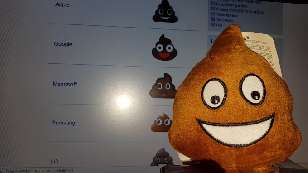
Samsung S7 night photo tests
There are plenty of S7 camera tests, should you want to see how the camera performs in normal conditions. Here, I am going to give it a test at night time. Samsung brag about their bigger pixels, their big f/1.7 lens, and these dual pixels for epic fast focus.
Well, let's see how it measures up.
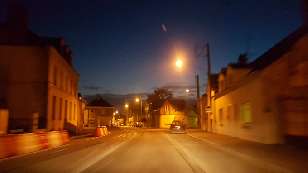
I'm trying to think if I have any camera on anything that would be capable of doing this. My S5 Mini takes over five seconds to start the camera, plus the drag-out-icon time. Even the iPad Mini is slow to start the camera (and there's no quick launch method). But getting the camera loaded is only half the problem. The rest of the problem is to be able to zoom into a bright sign at night without the camera messing up the exposure. Actually, there's a weird multiplexing thing going on here where each element of the number is lit up (or not) in turn. As such, the usual result is that I either capture parts of the sign, or the exposure metering freaks out and gets it very wrong. Which means that there's a pretty good chance that the focus will be wrong, just wrong.
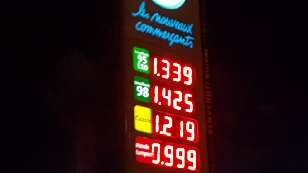


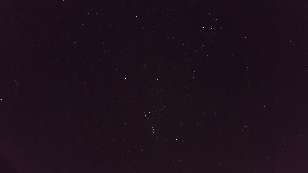
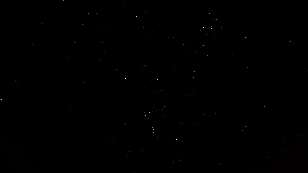
But, wait. Maybe I'm actually being unfair to the camera. I'm calling the background patterning "noise", however anybody who has ever looked to the skies with binoculars or a telescope will know that there are loads of stars beyond the ones we can normally see. Perhaps the sensor, on really long exposure, is actually picking up traces of these stars?
Here's an except of the above image, concentrating only on the Orion constellation.
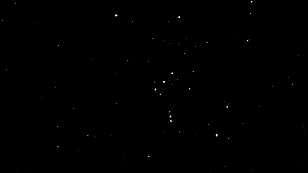
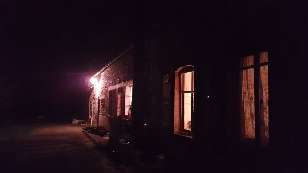
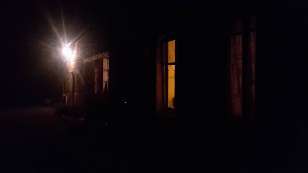
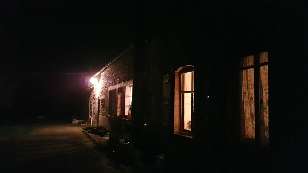
Samsung S7 USB OTG tests
Plugging in FAT formatted USB storage devices did not present a problem. Here's a USB card reader with an SD card inserted. It was mounted, and I could play videos directly from the card. Are you paying attention Apple? This is how it should be...
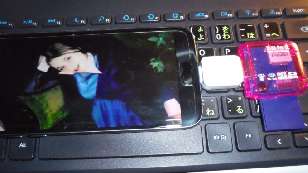

There was a printer app that claimed to work with directly connected USB devices. It recognised my printer and sent a test page......and nothing happened. At all. I tried again, but the program wanted me to cough up some money to "unlock" it. I cleared the app data and went through the entire process again. Something was being sent to the printer (the indicator blinked) but not something that the printer recognised. So I uninstalled the app. Okay, close but no cigar. Oh well. I didn't expect that one to work so no disappointment.
No comments yet...
| © 2017 Rick Murray |
This web page is licenced for your personal, private, non-commercial use only. No automated processing by advertising systems is permitted. RIPA notice: No consent is given for interception of page transmission. |